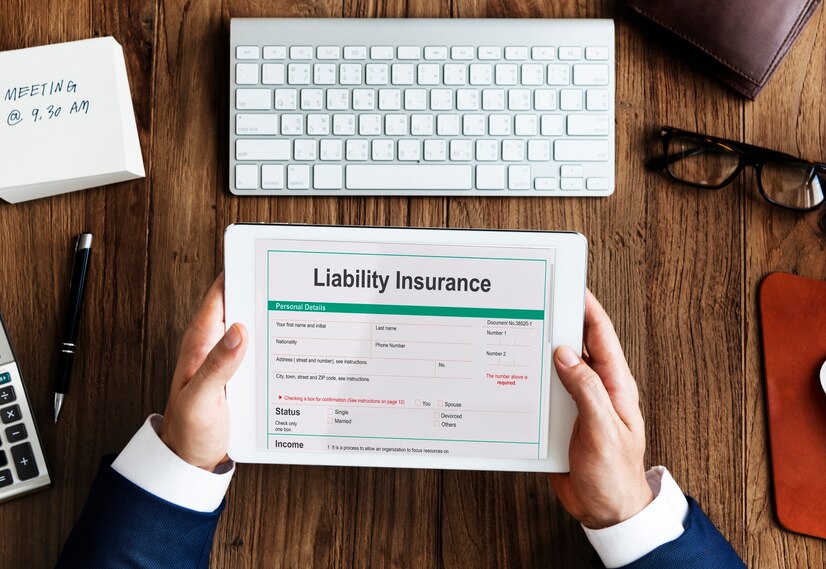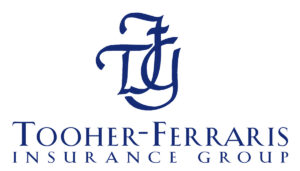Wine and spirits have become top collectibles
While many luxury items continue to attract successful families and individuals, wine and spirits have both become top collecting categories. Rare whisky and fine wine have outperformed every other luxury asset, soaring some 564% in the last decade.1 In the world of fine wine, two bottles of 1945 Romanée Conti set a precedent when they were auctioned in 2019 for $558,000 and $496,000 during the same sale. And the global wine market is expected to increase by 26%, reaching $423.59 billion within a three-year period come 2023.
More people are collecting spirits
Another growing trend is collecting spirits, or hard alcohol. Spirits, including sake and cognac, have gained in popularity, and whisky became a veritable collecting class in 2018 when a bottle of Macallan Fine & Rare 60-year-old 1926 set a new auction record for any wine or spirit, selling for $1.9 million at Sotheby’s, well over its pre- sale estimate of $550,000.
Only a portion of wine and spirits are insured
While some wine and spirits enthusiasts take pride in making sure their collections are protected in case of damage, spoilage, or loss, a surprising number are still uninsured or underinsured, especially if their collections haven’t been appraised on a regular basis.
Claim Statistics:
- Roughly 40% of wine & spirits claims are a result of water damage.
- Roughly 33% of wine & spirits claims are a result of electrical breakdown and mechanical failure.
*Based on Chubb claims data
4 reasons to look for the right wine and spirits insurer
If you don’t believe you need to protect your wine and spirits with insurance, here are a few reasons to reconsider:
- Your homeowner’s policy may not cover your wine & spirits.
You may think that your homeowner’s insurance policy will cover you if your wine and/or spirits spoil or are stolen or damaged. But that might not be the case. Typical homeowner’s policies are meant to protect your home, its general contents, and to protect you from personal liability. This can lead to significant out-of-pocket expenses if a wine and spirits collection is damaged. A premium valuable articles policy will cover you with no deductible, provide worldwide coverage, and protect you even if your bottles break or spoil due to temperature changes caused by mechanical breakdown or failure.
- Damage often happens while bottles are in transit.
Make sure you have a policy in place that will protect your wine and spirits while they are being transported from the auction or vendor to your home or storage facility. The right insurance company can also provide you with recommendations for transporters who have expertise in handling wine and spirits and will properly pack and ship yours.
- You don’t need a current appraisal in all cases.
While it may be helpful to have a high-quality appraisal for your fine wine and spirits, a current appraisal isn’t always necessary with some insurance companies. Some companies won’t require an appraisal unless your individual wine or spirits purchase is valued at over $50,000. They just need a good description of the wine or spirits, including the provenance, condition, date, and an estimated value. They’ll also provide automatic coverage for newly acquired wine and spirits, so you don’t have to worry about getting each new bottle on the policy the same day you buy it.
- Protecting your wine & spirits isn’t just about the right insurance.
Getting the right protection to fit your needs is important. But it takes more than a good policy to select the right bottle of wine, whisky, or cognac, keep it safe, and make sure it’s replaced if it is damaged or spoiled.
The right insurance company will provide the coverage you need and the resources to help protect your investment against loss. For example, Chubb can help you get risk assessments for your cellar or offsite storage facility, use infrared technology to detect harmful environmental conditions, recommend climate monitoring solutions for your cellar, and help you prepare for and respond to natural and man-made disasters, to keep your collection safe.
Protect your wine and spirits
With the market for wine and spirits continuing to grow, it’s more important than ever to protect your valuables and ensure that they can be replaced if they are stolen, broken, spoiled, or damaged. Chubb’s Masterpiece Valuable Articles coverage provides the highest quality protection, unparalleled claim service, and the peace of mind you need.
For more information, contact Tooher-Ferraris Insurance Group by calling 203-834-5900, or send us an email to info@toofer.com.
©2021 This document is advisory in nature and is offered as a resource to be used together with your professional insurance advisors in maintaining a loss prevention program. Chubb is the marketing name used to refer to subsidiaries of Chubb Limited providing insurance and related services. For a list of these subsidiaries, please visit our website at chubb.com. Insurance provided by ACE American Insurance Company and its U.S.-based Chubb underwriting company affiliates. All products may not be available in all states. This communication contains product summaries only. Coverage is subject to the language of the policies as actually issued. Surplus lines insurance sold only through licensed surplus lines producers. Chubb, 202 Hall’s Mill Road, Whitehouse Station, NJ 08889-1600. Form code: 02-01-0884 (Ed. 09/21)















